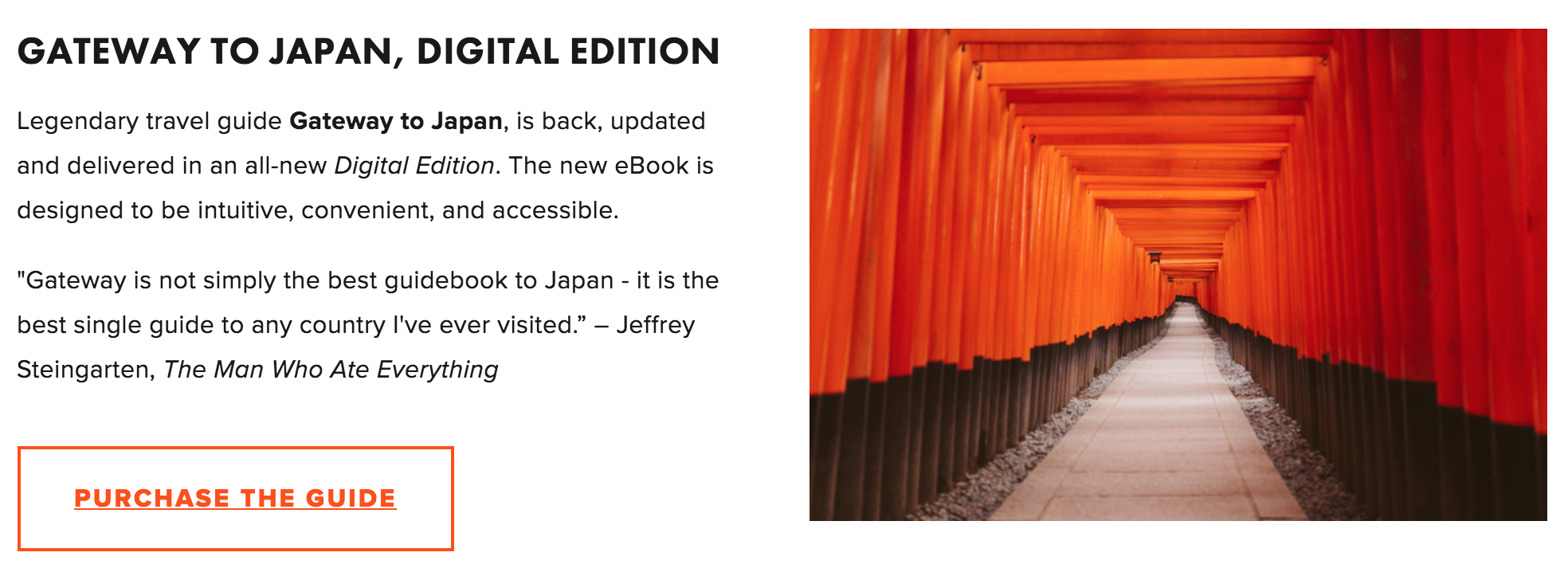Human longevity is both a gift and a curse. Why it’s a gift doesn’t require explanation. It’s a curse because with so much time to fill, we all inevitably rack up a record of things we regret saying and doing. Hence the popularity of New Year celebrations, a time to wipe away bad memories by going on an epic bender. Out with the old, in with the new. In Japan, the turning of the year is marked by rites of purification (something of an obsession in Shinto practice). In many communities, people—men in particular—may plunge into icy waters or ignite bonfires to purify their spirits.
In Kyoto, Shijo-dori, the broad avenue cutting across the heart of the city, fills on the night of December 31st with hundreds of thousands of people who surge eastward toward “Gion-san” or Yasaka Jinja, the guardian of the ancient capital. People gather at this shrine to ignite a length of rope from a ritually pure fire; traditionally, the flame was taken home to light the New Year hearth fires. The ropes are twirled gaily to keep the flame burning as people rush home.
At midnight, the great bell of Chion-in (the Buddhist temple linked to Yasaka) booms out 108 times to cleanse humanity of its 108 sins. The massive bell is struck by a great log, which is swung to and fro by a score of berobed monks clinging to ropes tied around the timber as they chant rhythmically. You will also hear bells toll out across the city from Kiyomizu-dera, Daitoku-ji, Tō-ji, Myōshin-ji, and Shinnyō-dō. At Heian Jingū, a Noh performance is offered just after midnight.
We wish our fellow travelers cleansed, refreshed spirits for a Happy New Year!
For a listing of New Year and Ko-Shogatsu (lunar New Year) festivals throughout Japan, consult the Matsuri chapter of your Gateway to Japan, Digital Edition.


